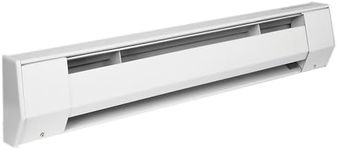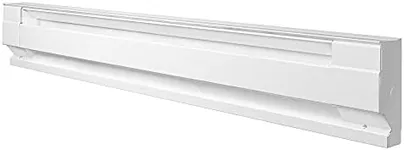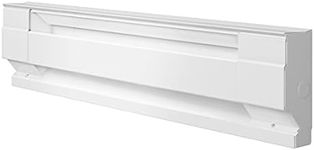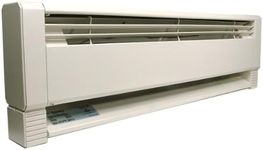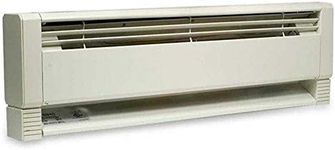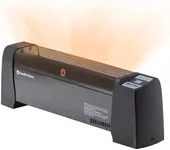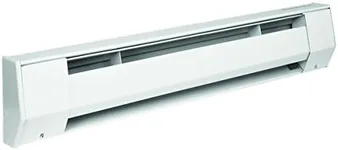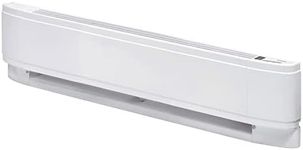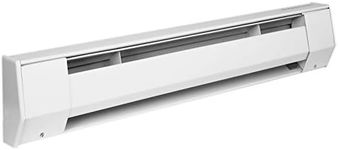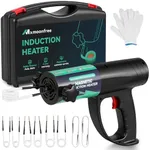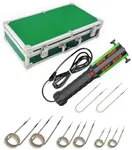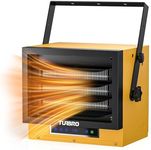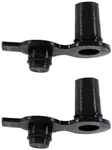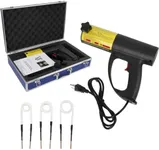Buying Guide for the Best Electric Baseboard Heaters
Electric baseboard heaters are a popular choice for home heating due to their simplicity, efficiency, and ease of installation. They work by heating air that rises naturally, creating a convection current that circulates warm air throughout the room. When choosing an electric baseboard heater, it's important to consider several key specifications to ensure you select the best model for your needs. Understanding these specifications will help you make an informed decision and ensure your home stays warm and comfortable.WattageWattage measures the heater's power output and directly affects how much heat it can produce. Higher wattage means more heat, which is important for larger rooms or spaces with poor insulation. Typically, baseboard heaters range from 500 to 2000 watts. For small rooms or supplemental heating, 500-1000 watts may be sufficient. For larger rooms or primary heating, consider 1500-2000 watts. Assess the size of the room and your heating needs to determine the appropriate wattage.
LengthThe length of the baseboard heater affects its heat distribution. Longer heaters can distribute heat more evenly across a room. Baseboard heaters come in various lengths, usually ranging from 2 to 8 feet. For smaller rooms, shorter heaters may be adequate, while larger rooms may benefit from longer units. Measure the available wall space and consider the room's layout to choose the right length for optimal heat distribution.
VoltageVoltage indicates the electrical power supply required for the heater. Most residential baseboard heaters operate on either 120V or 240V. 120V heaters are typically used for smaller rooms or supplemental heating, while 240V heaters are more powerful and suitable for larger spaces. Ensure your home's electrical system can support the voltage of the heater you choose. Consult an electrician if you're unsure about your home's electrical capacity.
ThermostatA thermostat controls the temperature of the heater, allowing you to maintain a consistent and comfortable room temperature. Some baseboard heaters come with built-in thermostats, while others require an external wall-mounted thermostat. Built-in thermostats offer convenience and ease of use, but wall-mounted thermostats provide more precise temperature control and can be more energy-efficient. Consider your preference for temperature control and ease of installation when choosing between built-in and external thermostats.
Safety FeaturesSafety features are crucial for preventing accidents and ensuring safe operation. Common safety features include overheat protection, which automatically shuts off the heater if it gets too hot, and tip-over protection, which turns off the heater if it is knocked over. Look for heaters with these safety features, especially if you have children or pets. Prioritize models with robust safety mechanisms to ensure peace of mind and safe heating.
Noise LevelNoise level refers to the amount of sound the heater produces during operation. While electric baseboard heaters are generally quiet, some models may produce more noise than others. If you are sensitive to noise or plan to use the heater in a bedroom or quiet space, look for models specifically designed for silent operation. Check user reviews and product descriptions to gauge the noise level and choose a heater that meets your comfort requirements.

